How to Ready Your Vehicle for a Hurricane
Method 1 of 3:
Maintaining Your Vehicle
-
 Check the parts of your car that require regular maintenance. Replace parts that look worn-down or torn. If it has been a while since you last checked your car for maintenance issues, you will want to do that now.
Check the parts of your car that require regular maintenance. Replace parts that look worn-down or torn. If it has been a while since you last checked your car for maintenance issues, you will want to do that now. -
 Check and replenish all fluids. If you need to evacuate quickly, your vehicle needs to be in safe working order. Essential fluids include oil, transmission, brake, battery, power steering, radiator coolant, and windshield wiper fluids.
Check and replenish all fluids. If you need to evacuate quickly, your vehicle needs to be in safe working order. Essential fluids include oil, transmission, brake, battery, power steering, radiator coolant, and windshield wiper fluids. -
 Replace your windshield wipers. If you must drive during a storm, visibility is key. Wiper blades can easily be damaged by the sun and debris on the windshield. Test them to make sure they can move a large amount of water off of the windshield without breaking or slowing down.[1]
Replace your windshield wipers. If you must drive during a storm, visibility is key. Wiper blades can easily be damaged by the sun and debris on the windshield. Test them to make sure they can move a large amount of water off of the windshield without breaking or slowing down.[1] -
 Fill up your tires to their optimal capacity. This information can be found on the tire or by consulting your car's handbook.[2] Be aware that the number on the side of the tire may be the maximum pressure allotted, so check the inside of the doorjamb for more specific tire inflation information. Be sure to check your spare tire as well, and brush up on how to change a tire.
Fill up your tires to their optimal capacity. This information can be found on the tire or by consulting your car's handbook.[2] Be aware that the number on the side of the tire may be the maximum pressure allotted, so check the inside of the doorjamb for more specific tire inflation information. Be sure to check your spare tire as well, and brush up on how to change a tire. -
 Consult your vehicle insurance agency about your policy's hurricane coverage. You will need to inquire about what is covered, as well as what steps to take in the event that your vehicle is damaged and you need to make a claim.
Consult your vehicle insurance agency about your policy's hurricane coverage. You will need to inquire about what is covered, as well as what steps to take in the event that your vehicle is damaged and you need to make a claim. -
 Take pictures of the interior and exterior of your car before the storm. You may need these later to prove that any damage you are claiming was caused by the hurricane.[3] You may also consider getting a full mechanical diagnostic before the hurricane for insurance purposes and to check your vehicle's general safety.
Take pictures of the interior and exterior of your car before the storm. You may need these later to prove that any damage you are claiming was caused by the hurricane.[3] You may also consider getting a full mechanical diagnostic before the hurricane for insurance purposes and to check your vehicle's general safety.- If your vehicle sustains damage, start the claim process as soon as you are safe and able.
Method 2 of 3:
Stocking Your Car for Evacuation
-
 Fill your gas tank and any reserve canisters to their full capacity. Hurricanes can affect incoming supply routes and cause power outages, so fill up long before the storm hits to avoid long lines at the station, supply shortages, or technical issues at the pump.[4]
Fill your gas tank and any reserve canisters to their full capacity. Hurricanes can affect incoming supply routes and cause power outages, so fill up long before the storm hits to avoid long lines at the station, supply shortages, or technical issues at the pump.[4] -
 Remove unnecessary external accessories. If you use extra antennae, a bike rack, or other temporary items on the outside of your car, they can quickly become deadly projectiles in the event of high-speed winds.[5] Place them in a safe spot where the wind cannot pick them up such as in a basement, crawlspace, or sturdy outdoor shed.
Remove unnecessary external accessories. If you use extra antennae, a bike rack, or other temporary items on the outside of your car, they can quickly become deadly projectiles in the event of high-speed winds.[5] Place them in a safe spot where the wind cannot pick them up such as in a basement, crawlspace, or sturdy outdoor shed. -
 Put together an emergency kit for your vehicle. It is best to store these items in a sturdy, waterproof container.[6] Avoid locking canisters since you may need to access these items quickly and could potentially lose a key or forget a code. Instead, opt for a container that secures with a quick-release latch or zipper.
Put together an emergency kit for your vehicle. It is best to store these items in a sturdy, waterproof container.[6] Avoid locking canisters since you may need to access these items quickly and could potentially lose a key or forget a code. Instead, opt for a container that secures with a quick-release latch or zipper.- "Must-have" emergency items include: an automotive toolkit, a pocket knife, extra fuses, road flares, emergency tire sealant, extra quarts of motor oil, power steering fluid and antifreeze, sandpaper, electrical and duct tape, a tire jack, jumper cables, a flashlight, extra batteries, a battery-powered radio, pen and paper, a blanket, a can opener, a first aid kit, and extra reserves of water and food.
-
 Pack a go-bag of personal essentials. Include a couple changes of clothes, extra shoes and socks, basic toiletries, an extra pair glasses if you wear them, a car charger for your cell phone, and cash. Any bag will do, but be sure it is strong, easy to carry, and secure like a suitcase or duffel bag. Keep this on your person at all times, since you may not be able to return home for basic items.
Pack a go-bag of personal essentials. Include a couple changes of clothes, extra shoes and socks, basic toiletries, an extra pair glasses if you wear them, a car charger for your cell phone, and cash. Any bag will do, but be sure it is strong, easy to carry, and secure like a suitcase or duffel bag. Keep this on your person at all times, since you may not be able to return home for basic items.- Keep important documents such as your car title, insurance paperwork, registration information, and a copy of your ID in a resealable plastic baggie in your go-bag.
Method 3 of 3:
Parking Safely
-
 Park on high ground, against buildings, and away from falling debris if you need to stay put. Do not park near any tall or loose structures such as power lines, light poles, stop lights, road signs, or trees as they may fall and cause costly damage.[7] Apply your emergency brake, if applicable.
Park on high ground, against buildings, and away from falling debris if you need to stay put. Do not park near any tall or loose structures such as power lines, light poles, stop lights, road signs, or trees as they may fall and cause costly damage.[7] Apply your emergency brake, if applicable. -
 Store your car in your garage, if possible. If you choose to park in your garage, shore up the garage doors and windows with sandbags and plywood that is ½- to ¾-inch thick. Remove items from shelves and attics, and place them on the ground.[8]
Store your car in your garage, if possible. If you choose to park in your garage, shore up the garage doors and windows with sandbags and plywood that is ½- to ¾-inch thick. Remove items from shelves and attics, and place them on the ground.[8]- Consider parking your car outside parallel to the garage door to break the wind and (hopefully) maintain the integrity of the garage door.[9]
-
 Reinforce your vehicle's windows. Use masking tape to fully cover each window with a crisscross pattern. While it might not keep your windows from breaking, it will make clean-up easier in the event that they do, and it will protect you from shattered glass if you are in the car when it happens.[10] Make sure the windows and sunroof are sealed tightly.
Reinforce your vehicle's windows. Use masking tape to fully cover each window with a crisscross pattern. While it might not keep your windows from breaking, it will make clean-up easier in the event that they do, and it will protect you from shattered glass if you are in the car when it happens.[10] Make sure the windows and sunroof are sealed tightly. -
 Cover your car. Electrical wiring is prone to corrosion when exposed to salt water, which can cause system failure of your transmission, engine, or drivetrain.[11] Use a thick, padded tarp to cover your vehicle to prevent damage from water and flying debris.
Cover your car. Electrical wiring is prone to corrosion when exposed to salt water, which can cause system failure of your transmission, engine, or drivetrain.[11] Use a thick, padded tarp to cover your vehicle to prevent damage from water and flying debris.
3.5 ★ | 2 Vote
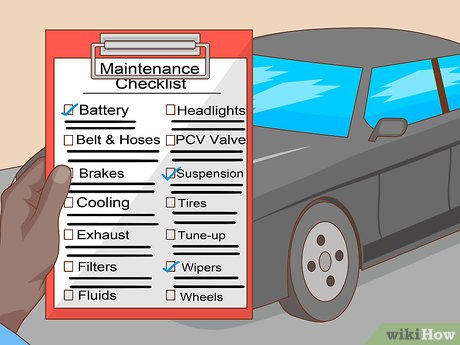
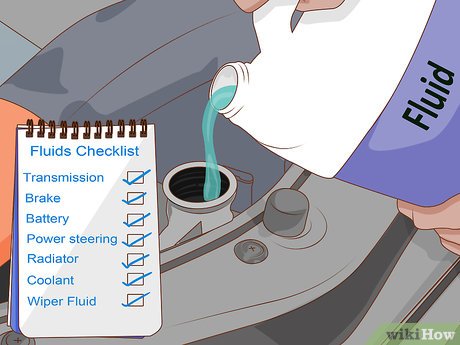
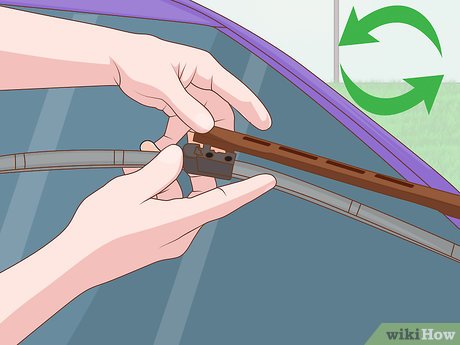
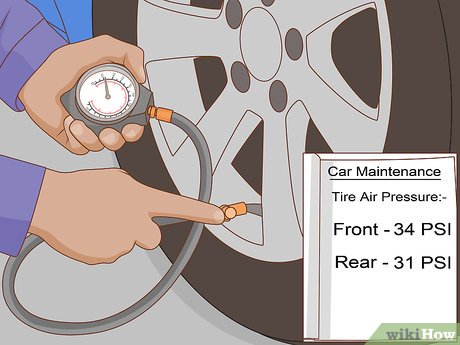

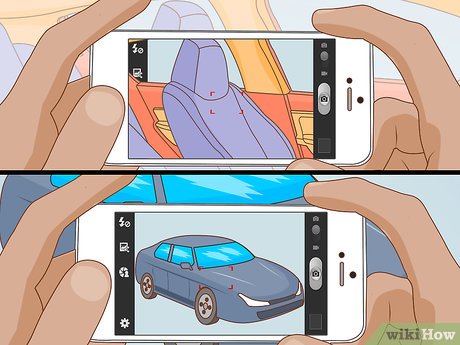
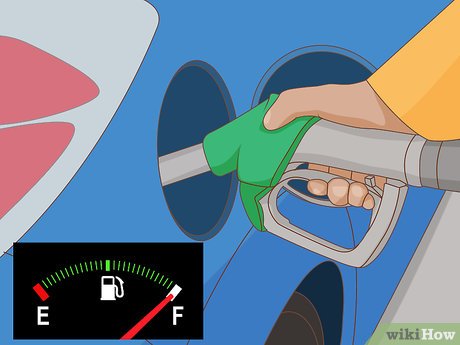
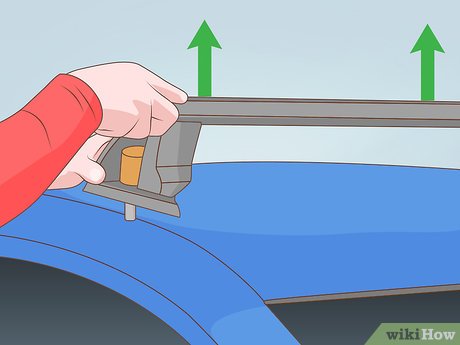
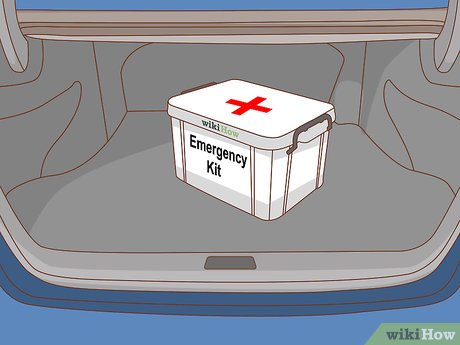
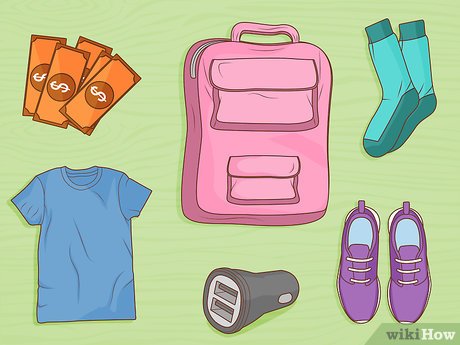
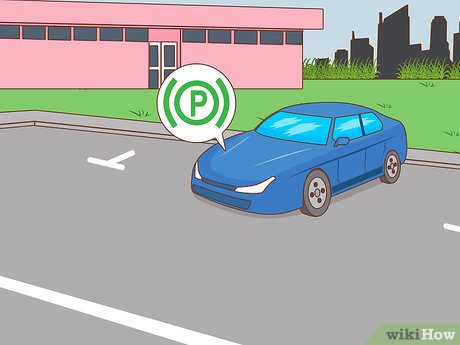
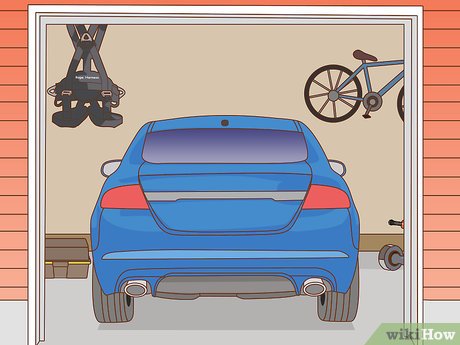
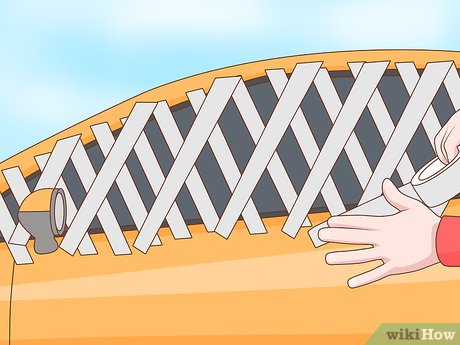

 How to Break a Chain
How to Break a Chain How to Test a Vehicle Speed Sensor with a Multimeter
How to Test a Vehicle Speed Sensor with a Multimeter How to Find a Car Color Code
How to Find a Car Color Code How to Determine Gear Ratio
How to Determine Gear Ratio How to Sail a Boat
How to Sail a Boat How to Choose a Bicycle
How to Choose a Bicycle